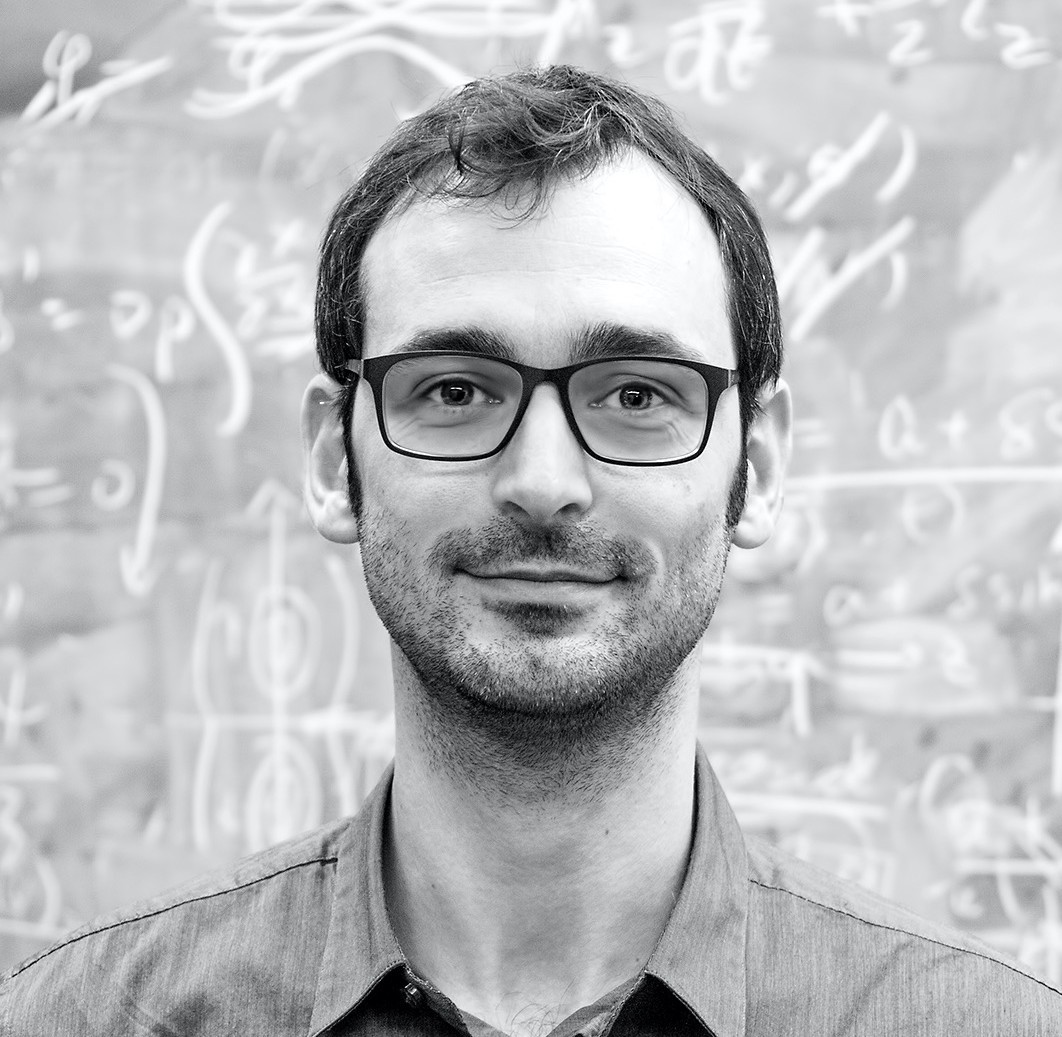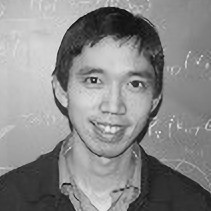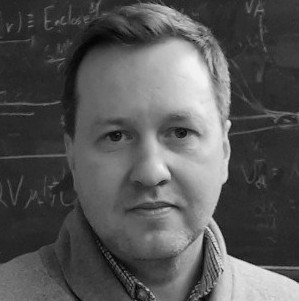Computational Astrophysics, along with analytic theory and observations, has come to be one of the three main techniques that astronomers use to understand the cosmos. Many recent advances in our understanding of the cosmos, ranging from dark matter to planet formation, would be impossible without the ability to simulate the laws of physics on the computer. Recent advances in the computational hardware and software has increased our reach by orders of magnitude, but at the same time opened new challenges in efficiently using these advances.
Faculty at Columbia use computational resources in many ways, including the analysis of large datasets, such as those from GALEX and large HI surveys. Numerical simulations are used to investigate a variety of astrophysical phenomena, including: to investigate the distribution of dark matter on large and small scales, to understand X-ray clusters and their properties, to perform high-resolution simulations of the interstellar medium, and the formation and evolution of galaxies, to model the disruption of Milky Way satellites, to investigate how planets form and how their atmospheres evolve under extreme conditions, to determine how the first stars in the universe formed, to simulate the electrodynamics of neutron stars.



































